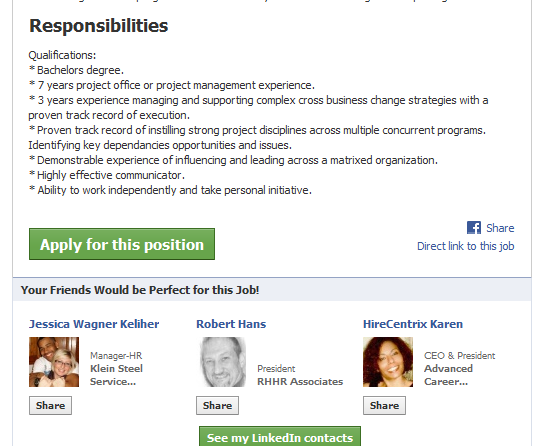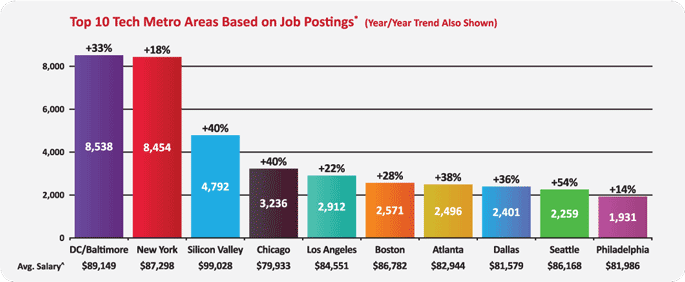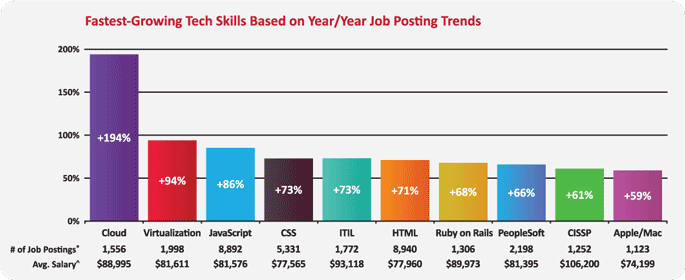Freedom of Choice in Workplace Technology
There is a growing technology trend in workplaces both large and small called 'Bring Your Own Device', sometimes abbreviated as BYOD. Bring Your Own Device simply means that organizational IT departments are allowing individual employees to use their personal or preferred 'devices', (smartphones, tablets, laptops), to access the corporate systems and tools they need to accomplish their work.
BYOD, while certainly more complex for centralized IT teams to support and administer, is an admission and realization that often an individual's attachment and bond to their personal productivity tools is so powerful, that forcing them to adapt and adopt to the corporate footprint is counter-productive and even deflating. Think about it, if you hire a new sales executive, that has years of his or her industry and corporate contacts resident on their iPhone, or saved to a cloud-based service they access via an Android app, does it really make sense to hand them a new BlackBerry and tell them to 'deal with it, because that is what we support.'
Proponents of BYOD will contend that allowing employees to bring their own devices can reduce training costs as well as the amount of IT support calls on an ongoing basis. Despite supporting 'more' devices, the argument is that each employee already knows how t use and manage their preferred device. As in the example of the new sales rep above, not having to transition from a device and set of tools to a new 'official' platform, can make employees more productive, and reduce time to achieve desired performance levels. Finally, they make employees happier. People LOVE their iPhones, Androids, iPads, whatever. Making them break those ties when they come to the office is painful for many.
The arguments against BYOD typically center around data security, lack of resources to deploy and support a myriad of devices and platforms, and cultural drivers that tend to resist the kind of openness and freedom that BYOD programs foster. But it does seem likely that as we see the major shift in consumer preferences towards iPhones, iPads, and Android devices; and away from the traditional enterprise deployments of BlackBerries and Microsoft-based PCs, that progressive organizations and IT leaders will simply have to embrace these shifts, and figure out a way to support what their employees really want, while balancing their need to maintain IP and data security.
Recently Clorox, an 8,300 person strong maker of consumer cleaning products adopted a kind of modified BYOD program, by offering its workers a choice of corporate-supported smartphone. Previously, BlackBerry had been the corporate standard. Workers could choose from iPhone, Android, or a Windows7 device. The result - "the company has issued 2,000 smartphones, 92% of which are iPhones. About 6% of the smartphones chosen were Android-based while 2% were Windows Phone 7 devices."
This isn't a knock on BlackBerry, I personally am a happy BlackBerry user, but rather an observation that prior to having a choice of device, almost all of the employees at Clorox were not happy with the 'provided' device, and given the opportunity to move to something more aligned with their preferences, they jumped at the chance. Clorox didn't make this decision to be nice or kind to staff, they balanced the value of the increased effectiveness and engagement of staff against the cost to procure and support the suite of devices and have determined that rather than being a perk to employees, it is simply just a good business decision.
I think we will see more BYOD programs taking hold in the coming years as new entrants to the workforce carry in their tools and preferences and expect them to be supported in the workplace.
I wonder if the next trend might be BYOHRT, Bring your own HR Technology? What might that look like?

 Steve
Steve





